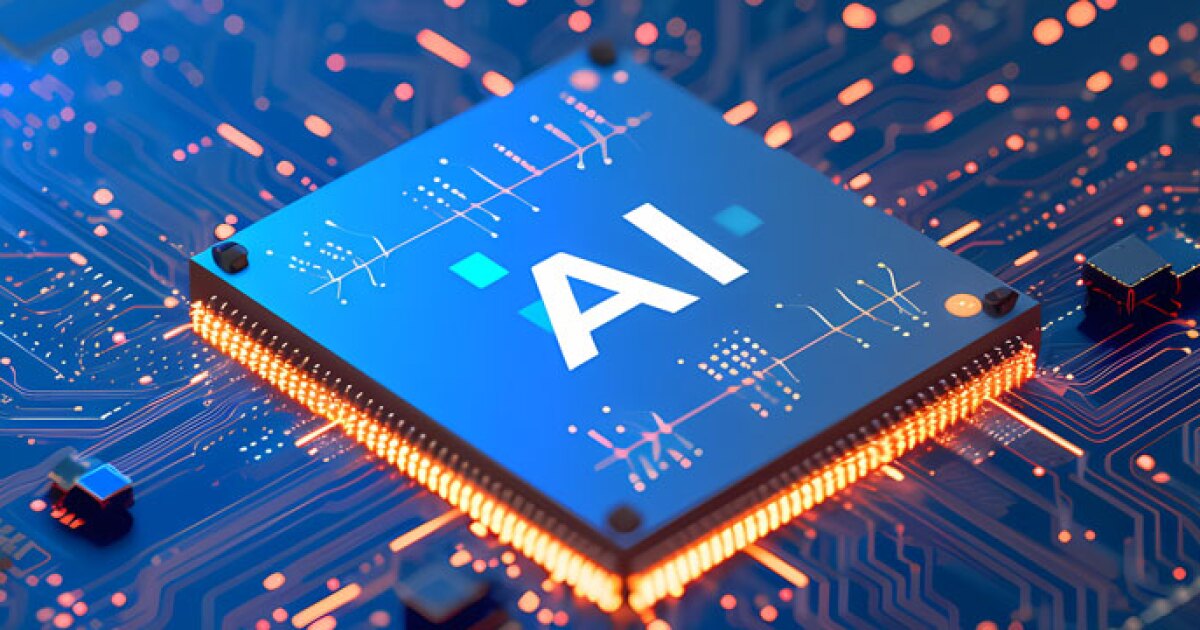Imagine teaching a pianist who has mastered classical compositions to play jazz. The core skill — understanding rhythm, timing, and emotion — is already there. But jazz demands a different swing, improvisation, and flexibility. Rather than starting from scratch, the pianist adapts existing knowledge to thrive in a new musical genre. This is the essence of transfer learning, where a model trained in one environment (the source domain) learns to perform effectively in a different yet related setting (the target domain).
Just as the pianist doesn’t abandon their classical training but refines it to suit a new style, machine learning models reuse prior experience to solve problems in unfamiliar territories with less data and time.
From Familiar Grounds to New Territories
In traditional machine learning, models start their journey like blank slates — trained exclusively on data from one domain, such as recognising handwritten digits or detecting spam emails. But when faced with a new task, say identifying medical anomalies or analysing satellite imagery, they often falter. The underlying features — lighting, tone, structure — shift, making the model’s earlier knowledge less relevant.
Here enters transfer learning, an approach that builds upon the foundation of an existing, well-trained model and fine-tunes it for a new purpose. It’s like hiring an experienced architect to design a bridge — they already understand balance and weight distribution, even if they’ve never worked over a river before.
Learners exploring advanced applications like transfer learning often encounter it in modules within an Artificial Intelligence course in Pune, where they grasp how models carry over knowledge across diverse but related data environments.
The Challenge of Shifting Distributions
In the real world, data rarely stays still. Think of a self-driving car trained in sunny California suddenly navigating Mumbai’s monsoon-soaked streets. The car’s sensors still detect objects, lanes, and pedestrians — but under drastically different visual and environmental conditions. This problem is known as domain shift.
Domain adaptation, a key subset of transfer learning, steps in to bridge this divide. It adjusts the model’s understanding of features so that, despite differences in texture, lighting, or context, the essential task — say, detecting pedestrians — remains consistent. The model learns to ‘translate’ its existing perception to align with new data distributions without losing the essence of what it already knows.
By reducing the need for vast labelled datasets in every new setting, transfer learning not only accelerates deployment but also reduces computational and human costs — a crucial advantage in rapidly evolving industries.
How Models Learn to Adapt
To understand how transfer learning works in practice, imagine training a chef. If they’ve mastered Italian cuisine, they already appreciate boiling, sautéing, and seasoning. To transition to Thai cooking, they only need to learn new ingredients and flavour combinations, not cooking fundamentals.
Similarly, a model pre-trained on a massive dataset (like ImageNet) already possesses a deep understanding of visual patterns — edges, colours, shapes, and textures. When tasked with medical image classification, for instance, we fine-tune only the higher layers of the model — where it learns specific disease markers — while keeping the foundational knowledge intact.
Techniques like fine-tuning, feature extraction, and adversarial adaptation help the model recalibrate. Fine-tuning adjusts parameters selectively, while adversarial methods ensure the model can’t distinguish between the source and target domains — enforcing alignment. The result is a system that generalises knowledge efficiently, almost as if it had ‘intuition.’
Advanced practitioners often master such techniques through hands-on sessions in an Artificial Intelligence course in Pune, which explores both theory and practice through real-world datasets and transfer-based experiments.
Why Transfer Learning Matters Today
Transfer learning has transformed industries that once struggled with data scarcity. In healthcare, models trained on generic images can adapt to detect rare diseases from limited scans. In agriculture, models trained on one region’s crop data can predict yield or disease in another area with minimal new inputs. Even language models now transfer understanding from one linguistic style to another, enabling cross-domain sentiment analysis and translation.
Beyond speed and efficiency, transfer learning embodies sustainability in AI — minimising redundant computation and reusing existing intelligence. It’s the machine equivalent of lifelong learning, where experience compounds rather than resets.
A World Connected by Shared Knowledge
Transfer learning reflects a universal truth — knowledge thrives when shared and recontextualised. Just as musicians borrow from multiple genres or humans apply lessons from past jobs to new challenges, machines too evolve through adaptation rather than reinvention.
In a rapidly converging digital world, where data silos dissolve and innovation accelerates, transfer learning ensures that intelligence, once trained, continues to grow and expand its reach. It symbolises the shift from narrow expertise to adaptable wisdom — a journey that mirrors how we, as humans, learn, unlearn, and relearn.
The promise of transfer learning isn’t just better algorithms; it’s a vision of interconnected intelligence where each model stands on the shoulders of its predecessors, making the next leap forward with grace, not brute force.

